Interesting Loch Lomond history
We love talking about local history and Scotland’s hidden gems, and today we’ve picked out some interesting sites in and near the Loch Lomond area, that you might otherwise miss. Find more places to visit in our guide to local historical and heritage sites.
The Dumpling
Just south of the village Gartocharn, The Dumpling (or Duncryne Hill) is a wee hill with a distinct dumpling shape. At just 465 feet above sea level, you can climb to the top in approximately 20 minutes and the ascent is relatively short. From the top, you get the most amazing panorama of its surroundings. Watch this video for some wonderful views from Duncryne Hill and several fascinating stories from the area.
New Kilpatrick Cemetery & Roman Baths
At New Kilpatrick Cemetery in the town of Bearsden, about a 30-minute drive from here, you can see a surviving section of the Antoine Wall’s stone foundations. The Antoine Wall was a Roman turf fortification. Built between the Firth of Forth and the Firth of Clyde, forming the north-western frontier of the Roman Empire. Dating from the 2nd century, this is a remarkable bit of history from the Imperial Roman period. You can also visit the remains of a Roman Bath House in Bearsden, part of the original fort.
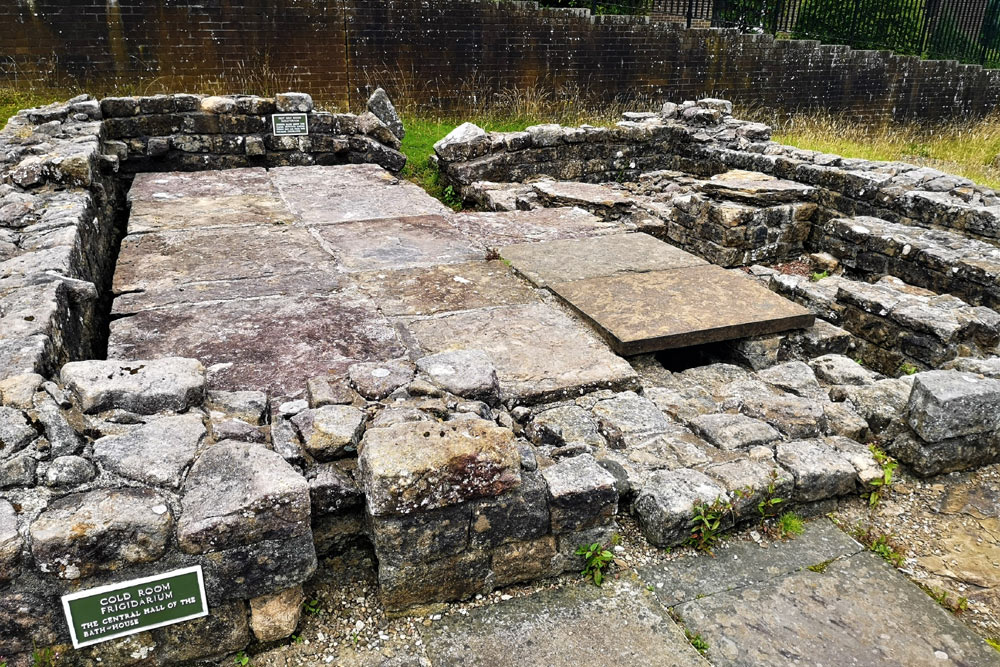
Luss Parish Church
In a churchyard in the town of Luss, just across the water from us here at Loch Lomond Waterfront, sits an ancient memorial stone, decorated with ornate carvings. This is a grave marker representing a house for the dead. With a curved ridge and decorated with roof shingles on either side. Discovered in 1926 and restored in 2015, the Hogback Stone is believed to be of Viking origin and may date from the Viking invasion of Luss in 1263.
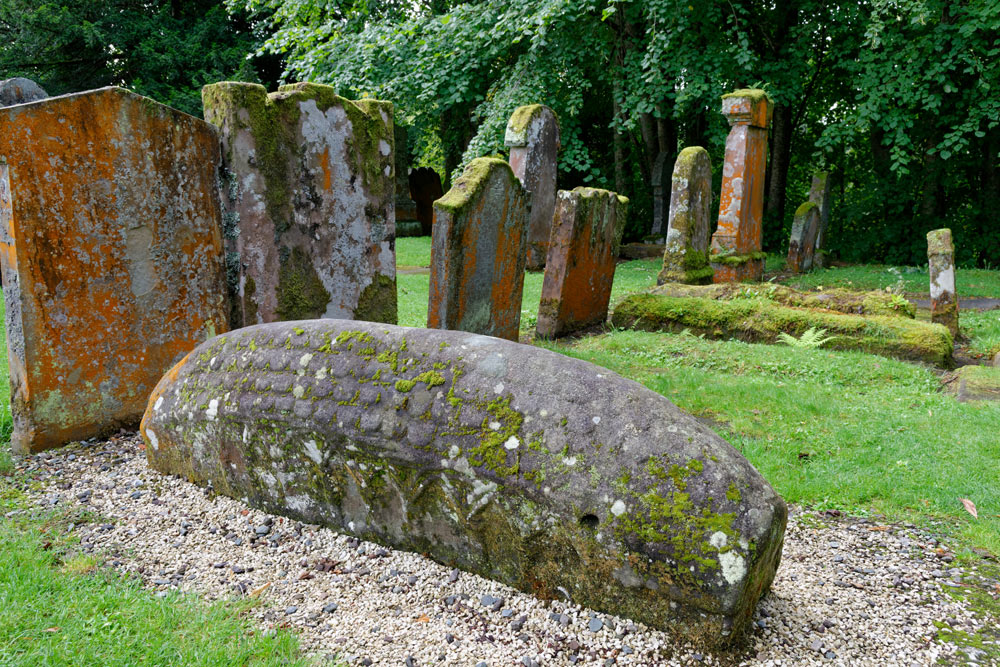
Glen Fruin
Visit the site of the Battle of Glen Fruin, where Clan Gregor fought Clan Colquhoun in 1603. The dispute arose over a cattle raid, in which the MacGregors (of Clan Gregor) stole hundreds of livestock from the Colquhouns, raided their houses and killed two men. The MacGregors won the battle, but they paid heavily for it. Until 1784, the clan chief and his chieftains were executed and the whole clan was outlawed for over 150 years. A stone marks the spot of the battle, and the glen is a peaceful and scenic place for local walks. This area is part of the Three Lochs Way, a long-distance route that links Loch Lomond, Gare Loch and Loch Long.
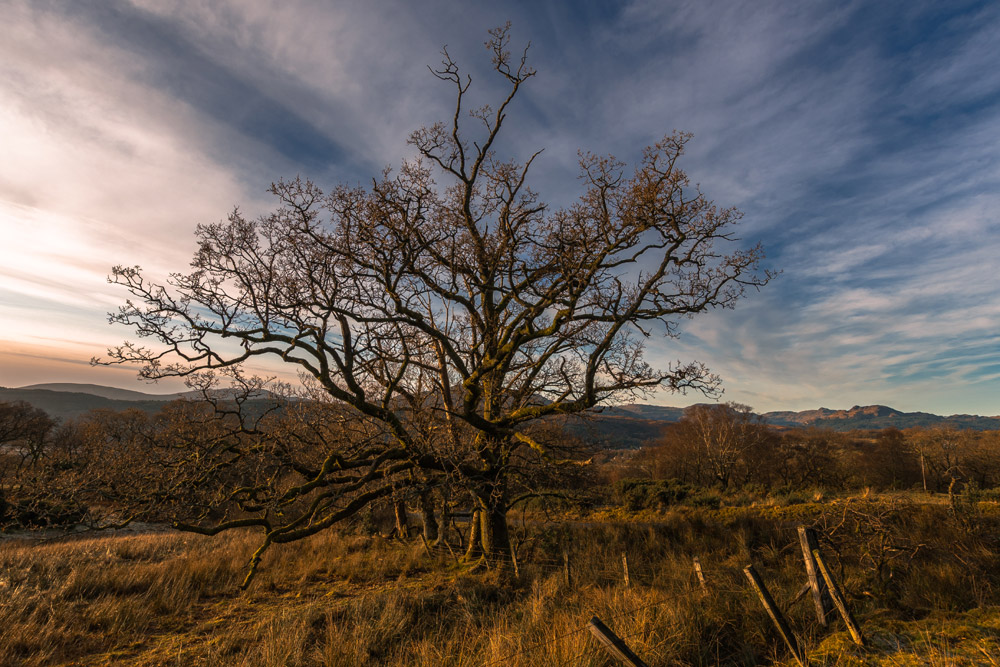
Balquidder Kirk
The most famous member of the MacGregor clan was the notorious outlaw Rob Roy. He died in Balquidder in 1734 and his grave is in the old kirkyard. He is buried next to his wife and two sons. There is a path behind the kirk, which leads to the top of Kirkton Glen, which is a lovely scenic walk. There are many other locations in this area relating to Rob Roy’s life. Take a look at our guide to local Rob Roy sites and locations.
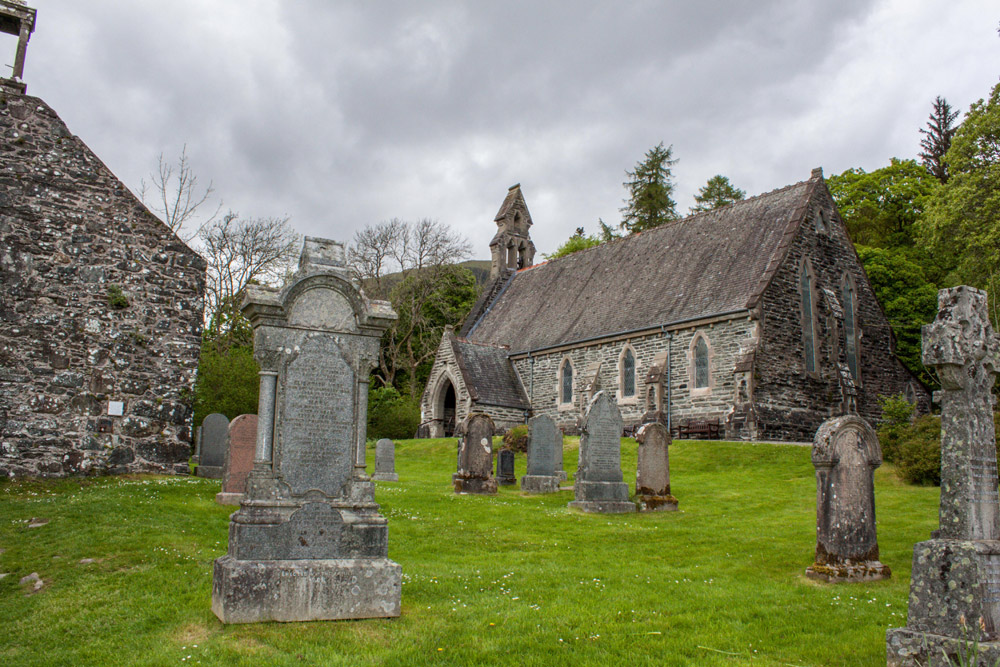
The Pineapple
The Pineapple is a building with a tower in the shape of .. you guessed it .. a pineapple! It was built in 1761, as a summerhouse for the Earl of Dunmore. In the 18th century, pineapples were extremely exotic and unusual fruits, which grew in the walled garden below. The grounds are open to the public, where you can get a close up view of the fruit-shaped building and explore the walled garden and surrounding woodland. Located near Stirling, about an hour’s drive from here.
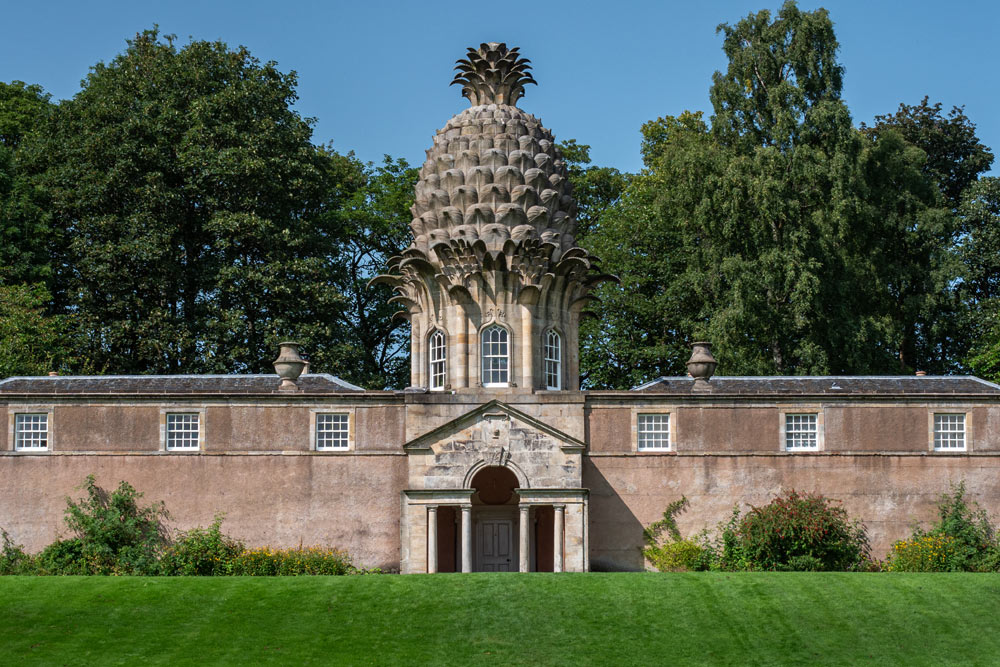
This is just a taster of some of the unusual and interesting places from Scottish history, which you can visit on your stay at Loch Lomond Waterfront. So, book your luxury lodge today and get exploring!
Get in touch













